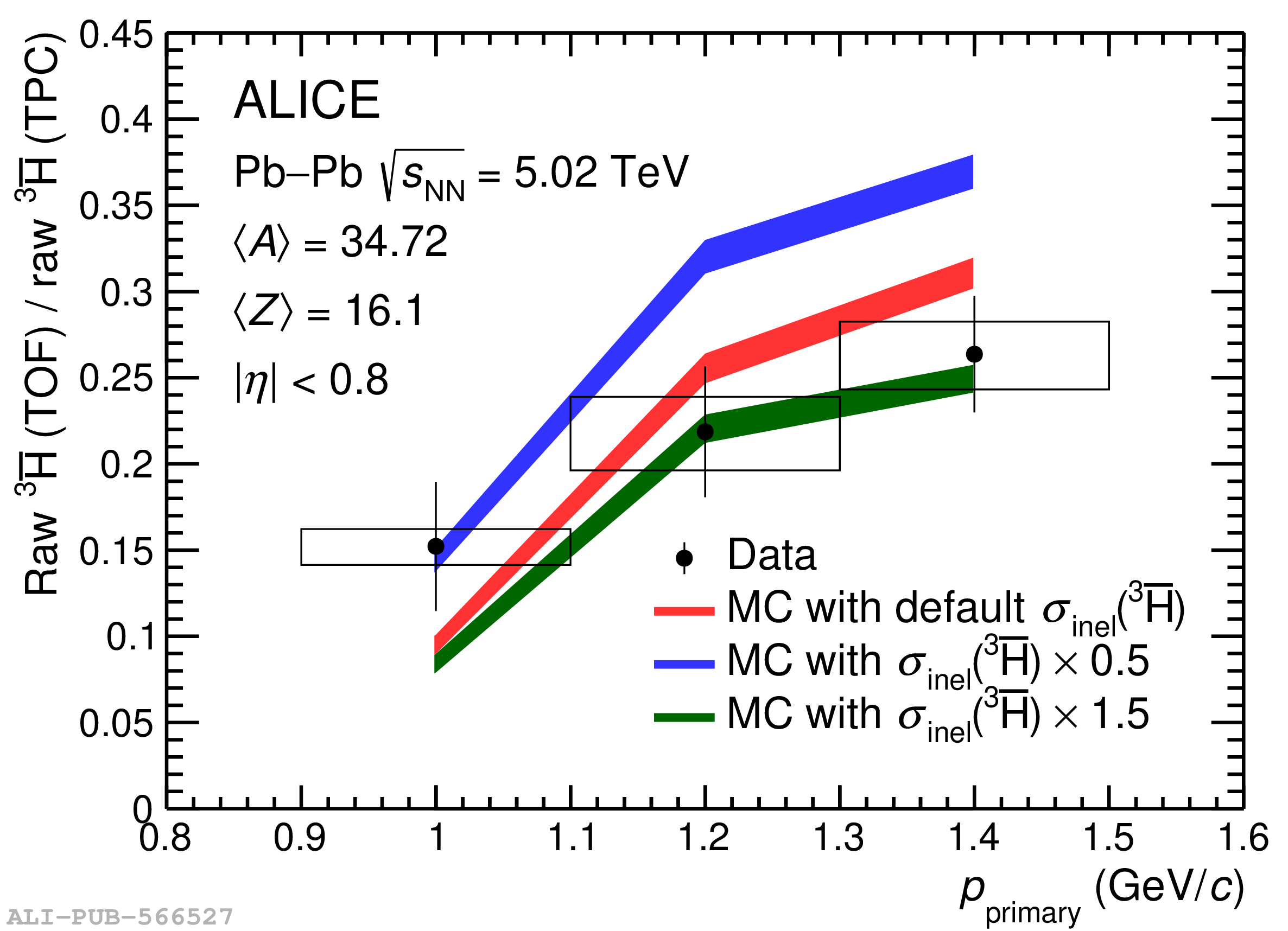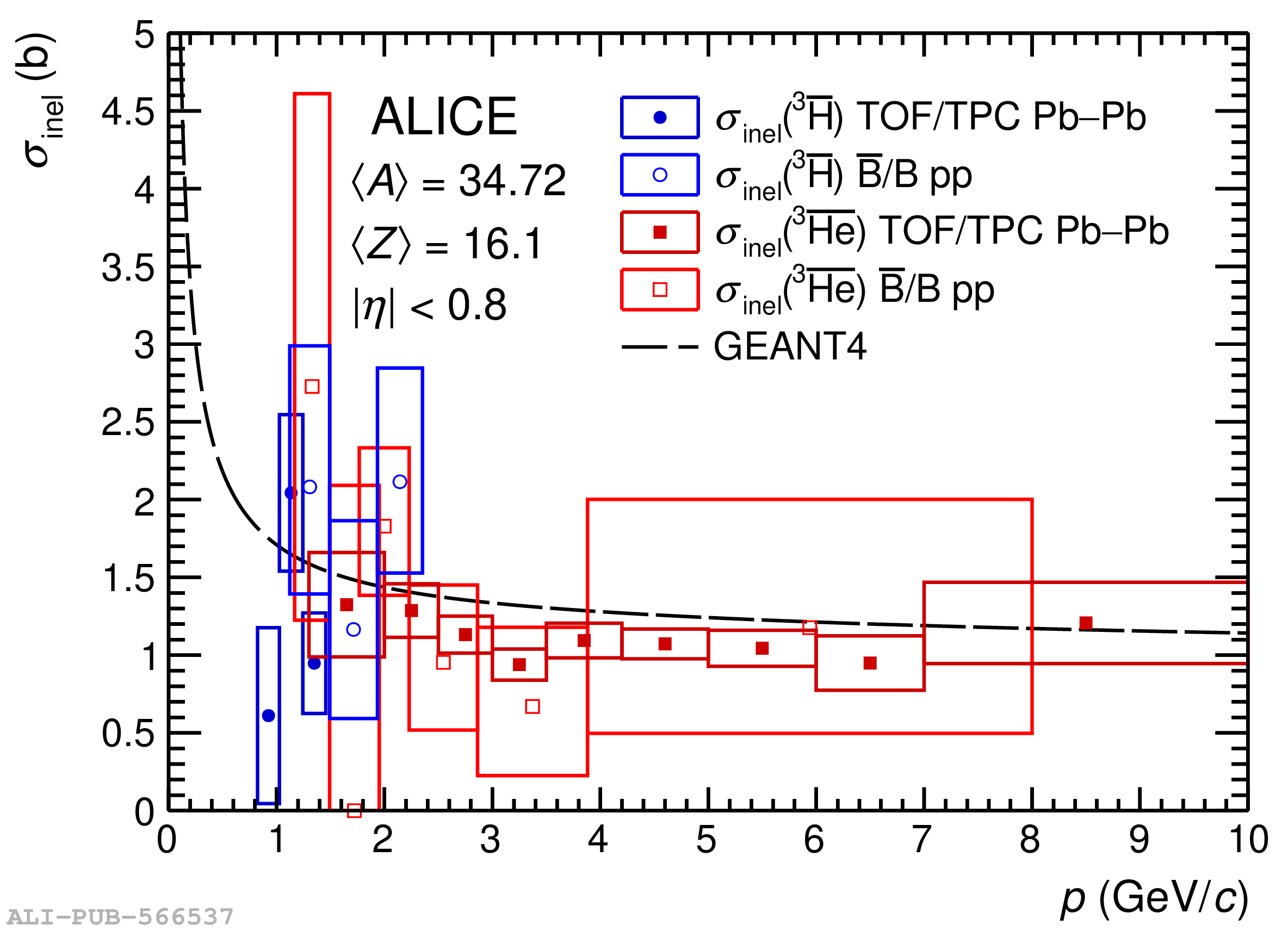In this Letter, the first measurement of the inelastic cross section for antitriton$-$nucleus interactions is reported, covering the momentum range of $0.8 \leq p <~ 2.4$ GeV/$c$. The measurement is carried out using data recorded with the ALICE detector in pp and Pb$-$Pb collisions at a centre-of-mass energy per nucleon of 13 TeV and 5.02 TeV, respectively. The detector material serves as an absorber for antitriton nuclei. The raw yield of (anti)triton nuclei measured with the ALICE apparatus is compared to the results from detailed ALICE simulations based on the GEANT4 toolkit for the propagation of (anti)particles through matter, allowing one to quantify the inelastic interaction probability in the detector material. This analysis complements the measurement of the inelastic cross section of antinuclei up to $A=3$ carried out by the ALICE Collaboration, and demonstrates the feasibility of the study of the isospin dependence of inelastic interaction cross section with the analysis techniques presented in this Letter.
Phys. Lett. B 848 (2024) 138337
HEP Data
e-Print: arXiv:2307.03603 | PDF | inSPIRE
CERN-EP-2023-118
Figure group




